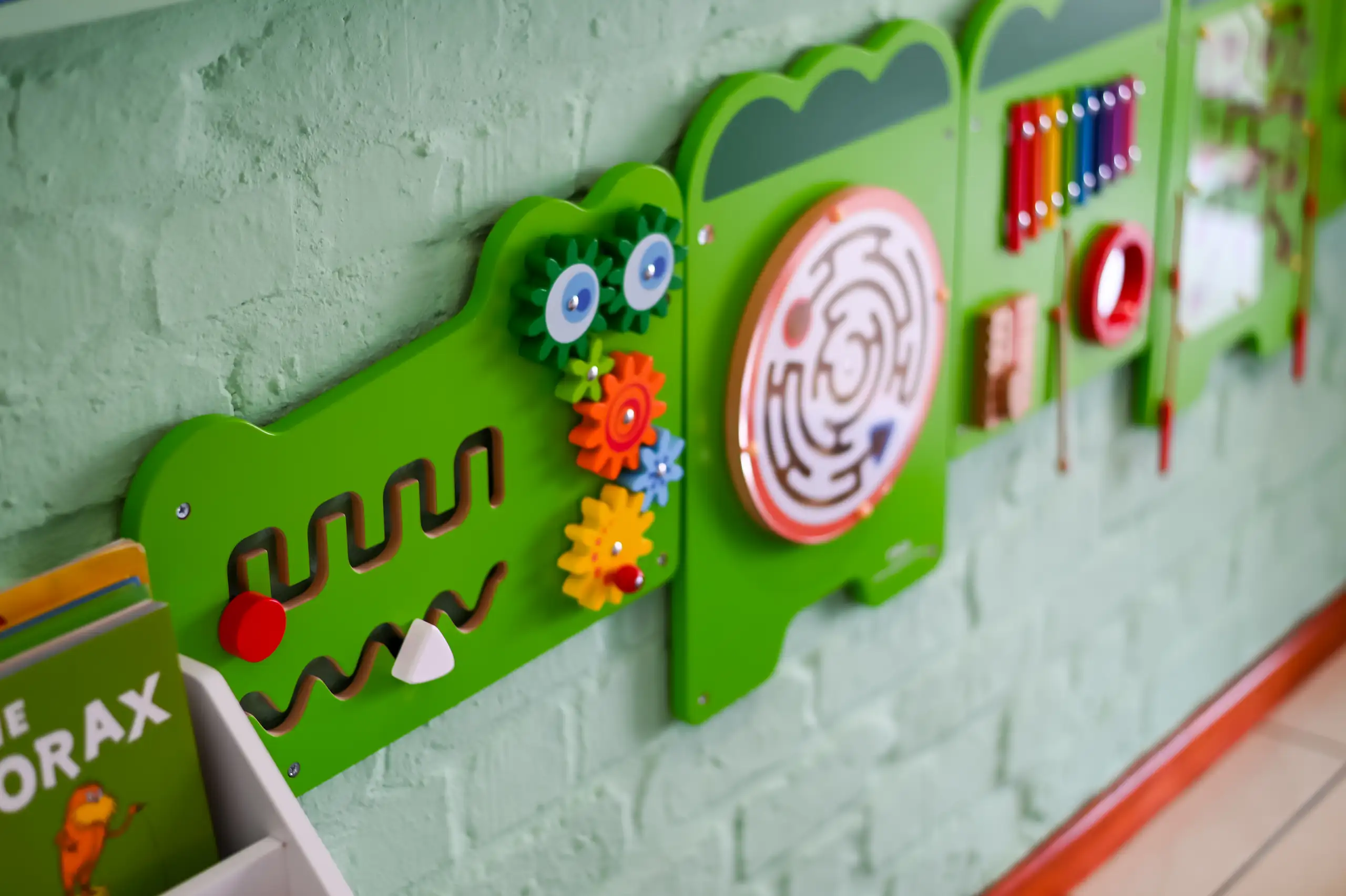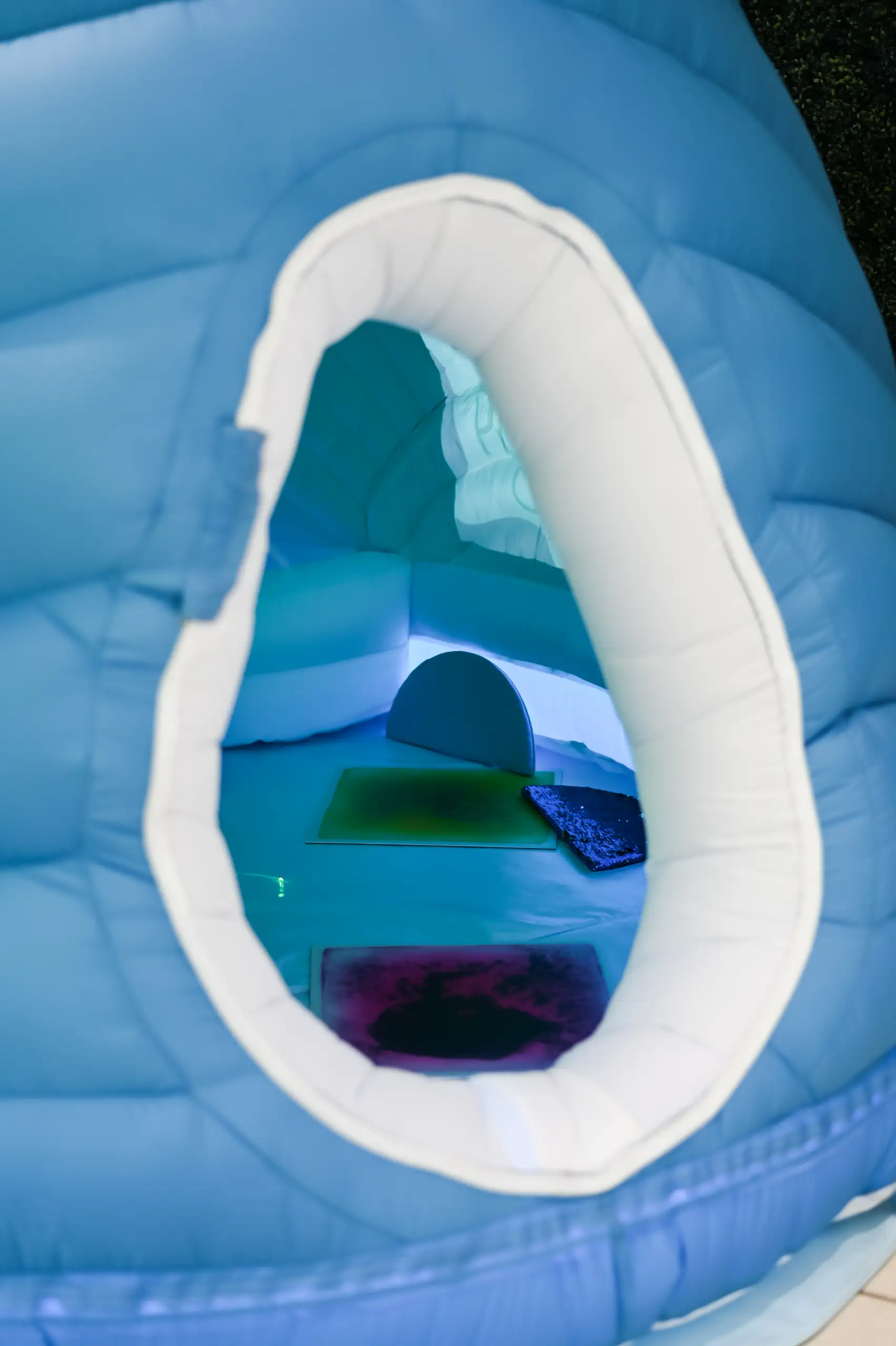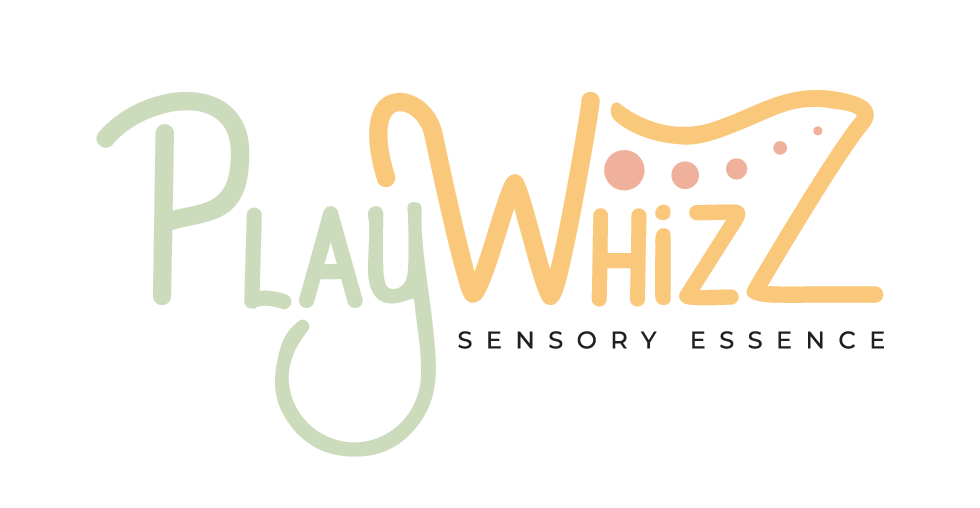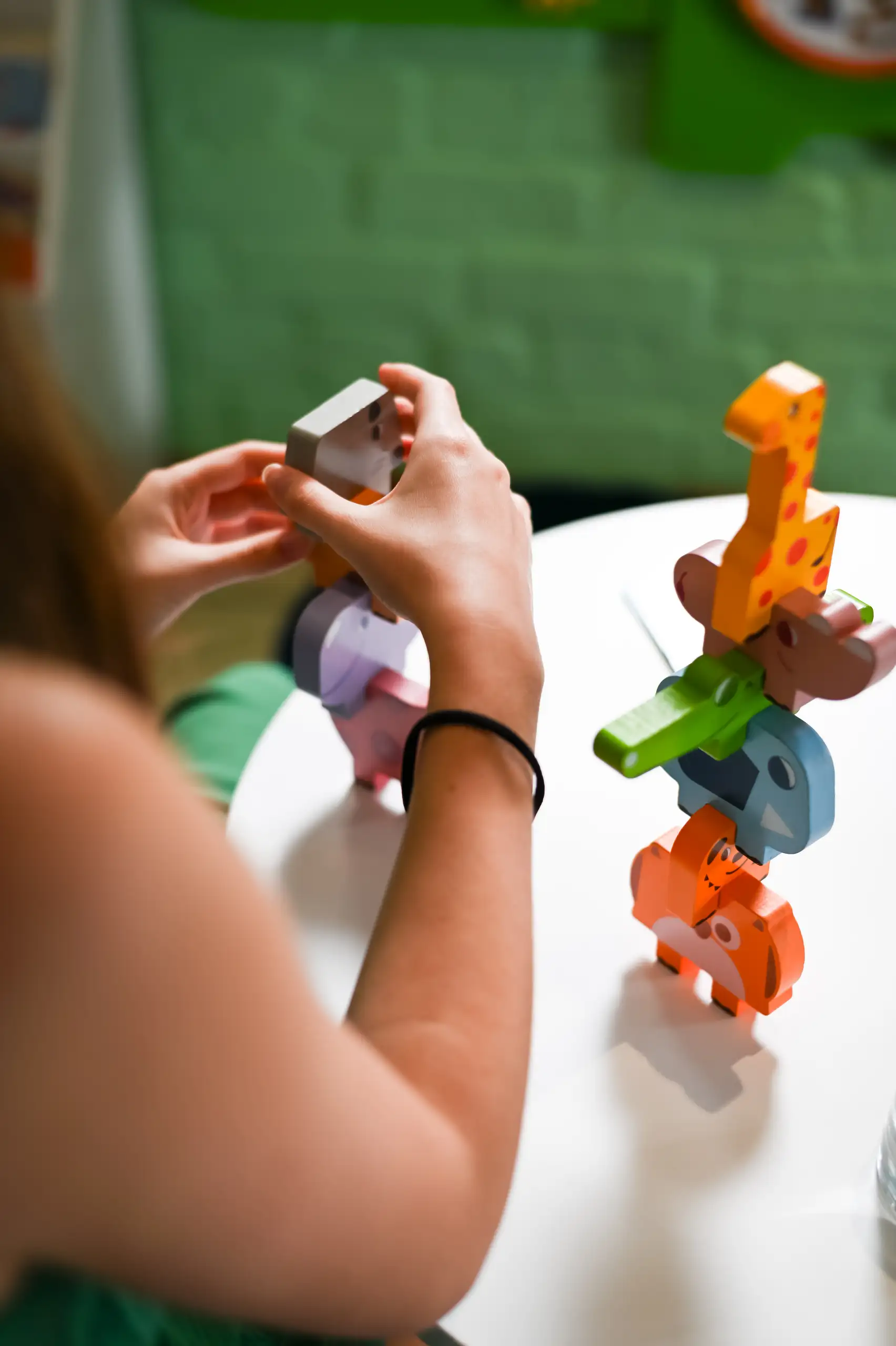
Empowering Families through
Sensory Play and Connection
Our Vision
At Playwhizz, we are passionate about growing and empowering families by helping them discover
their sensory essence.
Through sensory-inspired play, education, and creating
unique sensory experiences, we aim to foster meaningful connections and support families in
navigating daily life.
Our mission is to provide tools and knowledge about sensory
regulation and integration, enabling happier, more fulfilled lives. Together, we can create
opportunities for growth, joy, and lasting memories, one sensory moment at a time.
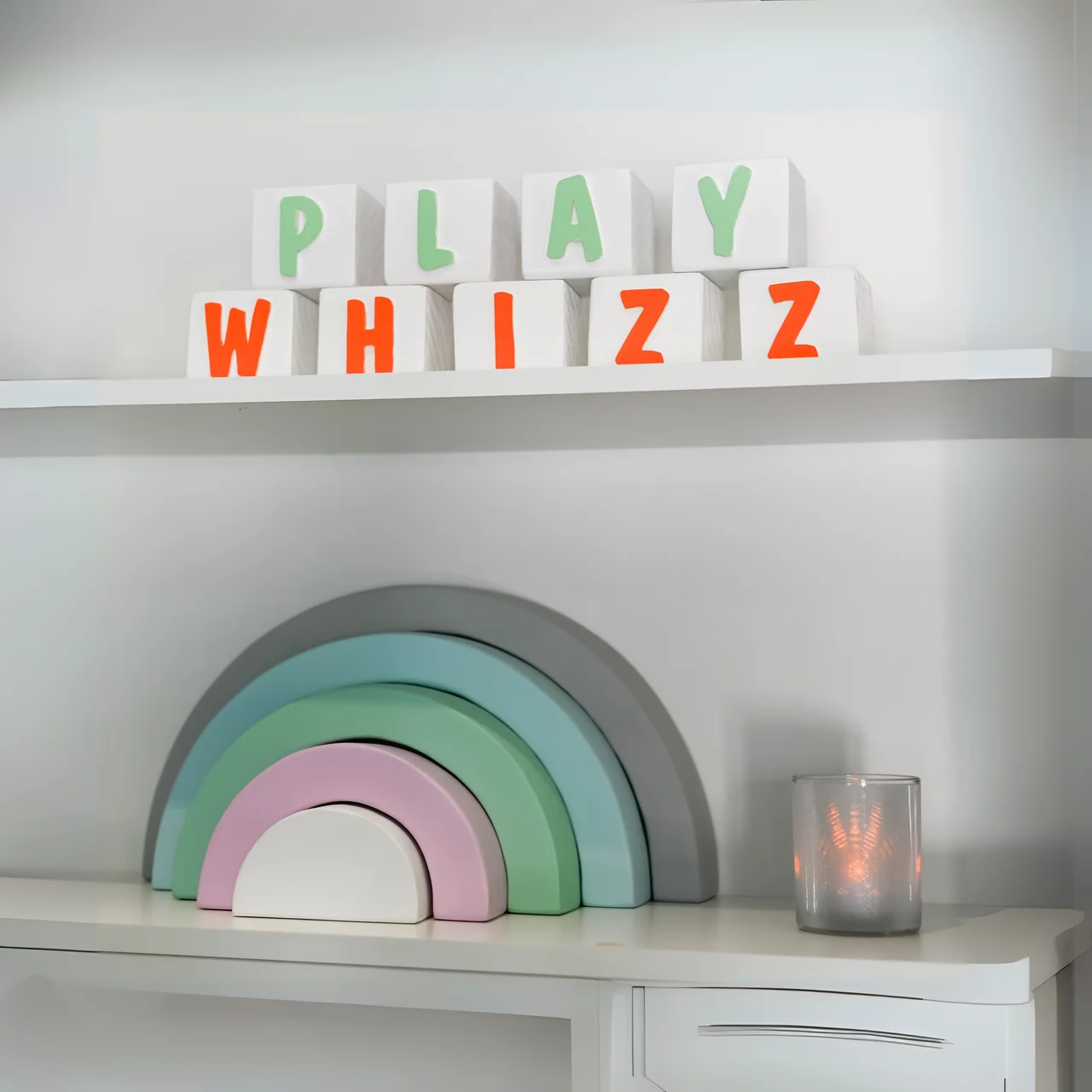
Our Services
We're dedicated to creating a love for learning in every child by combining education with fun, interactive experiences.

A Passion For Play
Hi, I'm Bronwyn — mom, sensory advocate, and the founder of Playwhizz.
My journey
into the world of sensory support started, like many of ours do, with personal experience.
I've always had a deep curiosity about how people tick — how we feel, sense, and respond to
the world around us. But it wasn't until I became a parent and started noticing the little
(and big) ways sensory processing impacted daily life that it truly became a passion.
From running sensory playgroups to facilitating parent-child sessions, I've walked the road
with many families — and I'm still learning every day. I've completed training as a Sensory
Intelligence® Practitioner, as well as the DIR Floortime (DIR101) course; and
facilitated Groovy Adventurers Program groups. I have and continue to attend various other
short courses and workshops to add to my knowledge base.
I believe in keeping
things real, simple, and practical — offering families tools that actually work, without the
overwhelm. Whether it's through a toy, a chat, or 45 magical minutes in our Sensory Igloo, I'm
here to help your family feel seen, supported, and connected.
Parent Testimonials
I had the privilege of having a Sensory Essence session. I've never felt so seen. Bronwyn helped me understand sensory patterns I've had since childhood, and now I'm more aware of myself and how to regulate the areas I struggle with. I finally feel understood!
The Playwhizz Toy Library and Bronwyn's expertise are incredible resources for parents. The toy library offers a large selection of excellent quality educational and sensory toys. Bronwyn is really gifted at recommending toys that are appropriate and supportive of the child's developmental needs. It also means I can simplify my life by having access to good quality toys that can be rotated, without the need to keep a large number of toys and activities at home. I highly recommend Playwhizz.
Both my kids love the sensory igloo and the awesome toys Aunty Bronwyn sets out for them. With my son (5, on the spectrum) it is a quiet time for me to relax while he interacts with the toys and I allow the calm environment to centre my nervous system. With my daughter (2) who has been out of school due to respiratory illness it is a time for us to connect and for her to experience a different environment along with such lovely age appropriate toys. Both kids squeal with joy on arrival!
Follow Us on
Instagram & Facebook
We're dedicated to creating a love for learning in every child by combining Education with fun, interactive experiences.
